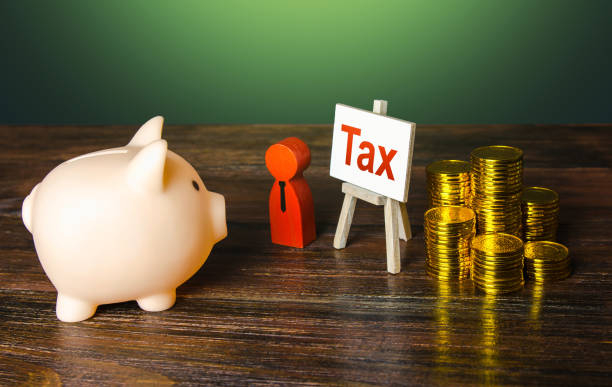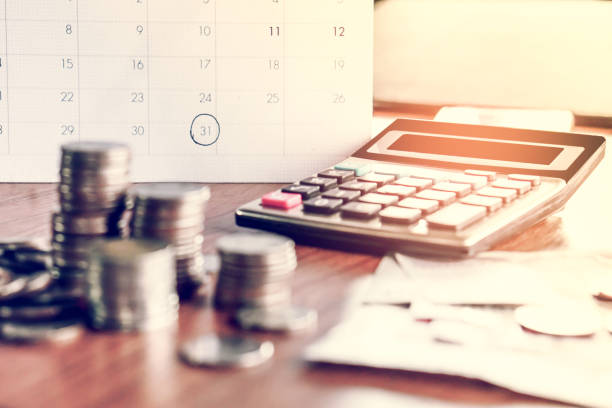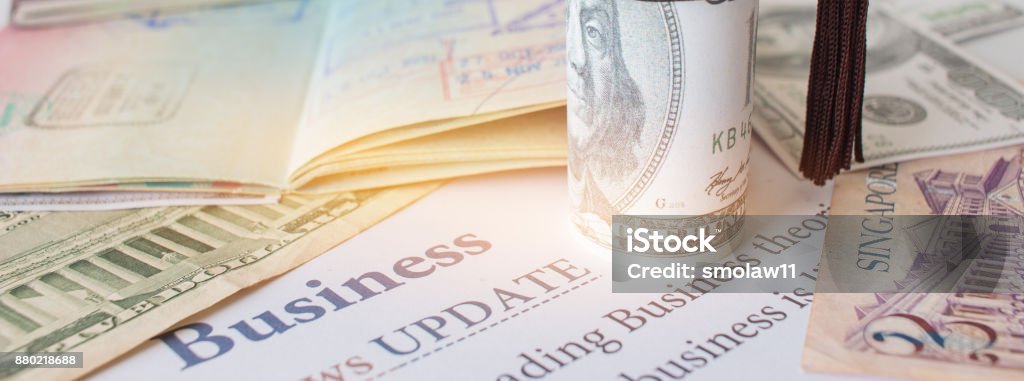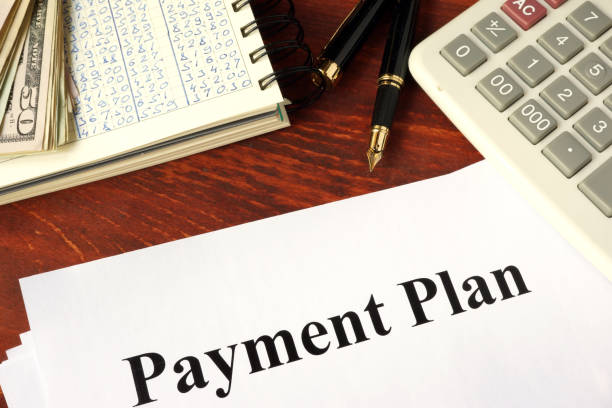How to Deal with Credit Card Debt
Introduction
Credit card debt is one of the most common forms of debt, and it can quickly become overwhelming if not managed effectively. High interest rates, late payment fees, and the temptation to only pay the minimum balance can trap individuals in a cycle of debt. Fortunately, there are practical strategies and debt solutions to help you take control of your credit card debt and work toward financial freedom.
Step 1: Assess Your Debt
Start by understanding the full scope of your credit card debt:
- List All Credit Card Balances: Write down each card’s outstanding balance, interest rate, and minimum payment.
- Identify High-Interest Cards: Focus on the cards with the highest interest rates, as they cost you the most over time.
- Review Your Monthly Budget: Determine how much you can realistically allocate toward debt repayment each month.
Step 2: Explore Debt Solutions
If your credit card debt feels unmanageable, consider these debt solutions:
Debt Management Plans (DMPs)
- A DMP is an informal agreement with your creditors to pay back debts at a more affordable rate.
- Benefits include potentially freezing interest and charges, making it easier to clear your balance.
- Work with a reputable debt advice organization to set up a DMP that fits your budget.
Individual Voluntary Arrangements (IVAs)
- For larger debts, an IVA can provide legal protection and allow you to make reduced payments over 5-6 years.
- At the end of the term, any remaining unsecured debt, including credit card balances, may be written off.
- Speak with an Insolvency Practitioner to determine if this is a viable option for your situation.
Balance Transfers
- Transfer your balance to a card with a lower or 0% introductory interest rate to reduce interest charges.
- Ensure you pay off the transferred balance before the promotional rate expires.
Consolidation Loans
- A personal loan can be used to pay off multiple credit cards, consolidating your debt into one monthly payment.
- Look for a loan with a lower interest rate than your credit cards.
Step 3: Implement a Repayment Strategy
Choose a repayment method that aligns with your financial goals and circumstances:
Avalanche Method
- Prioritize paying off the card with the highest interest rate first while making minimum payments on others.
- Once the highest-interest card is paid off, move to the next highest.
- This method minimizes the amount you pay in interest over time.
Snowball Method
- Focus on paying off the smallest balance first to achieve quick wins and build momentum.
- Gradually work your way up to larger balances.
- This method provides psychological motivation to stay on track.
Step 4: Avoid Future Credit Card Debt
- Create a Realistic Budget: Track your income and expenses to avoid overspending.
- Use Cash or Debit Cards: Limit your reliance on credit cards for everyday purchases.
- Build an Emergency Fund: Save for unexpected expenses to reduce the need for credit.
- Set Up Payment Reminders: Automate payments to avoid late fees and maintain a good credit score.
Step 5: Seek Professional Advice
If you’re struggling to manage your credit card debt on your own, don’t hesitate to seek help from a professional debt adviser. They can provide tailored solutions and negotiate with creditors on your behalf.
Call-to-Action (CTA)
“Ready to take control of your credit card debt? Contact us today for expert advice and practical solutions to help you achieve a debt-free future.”





